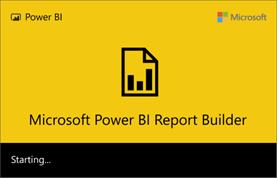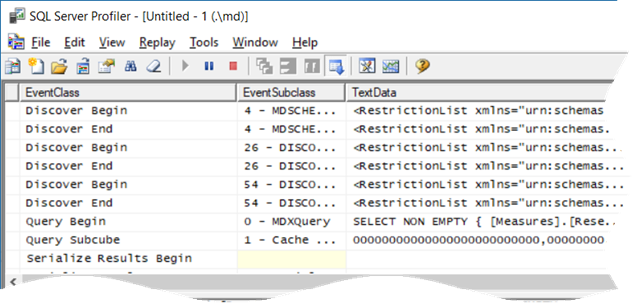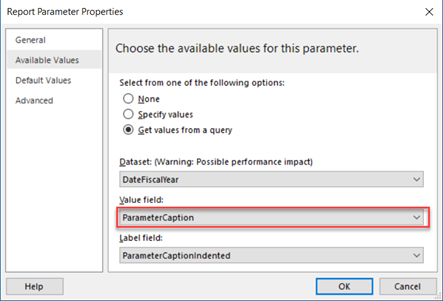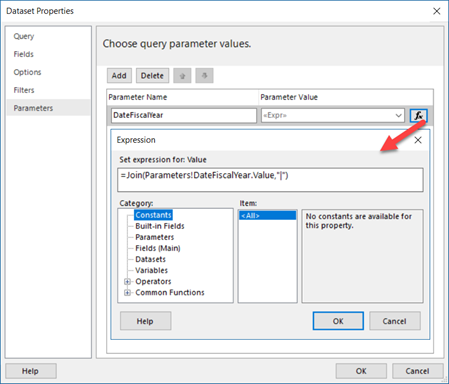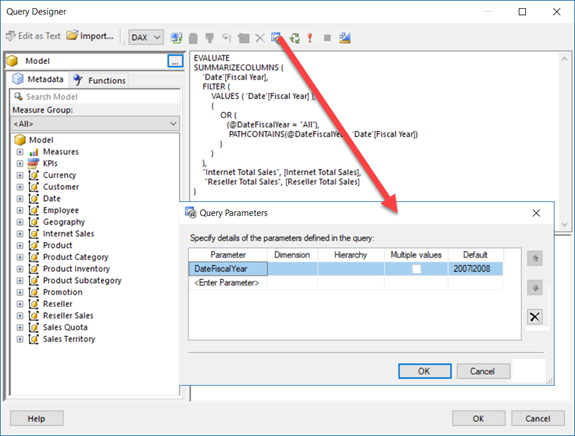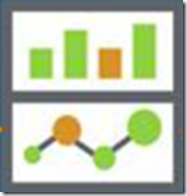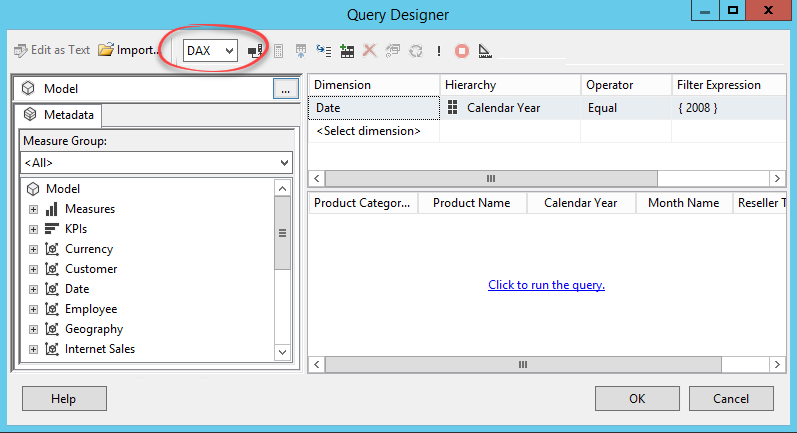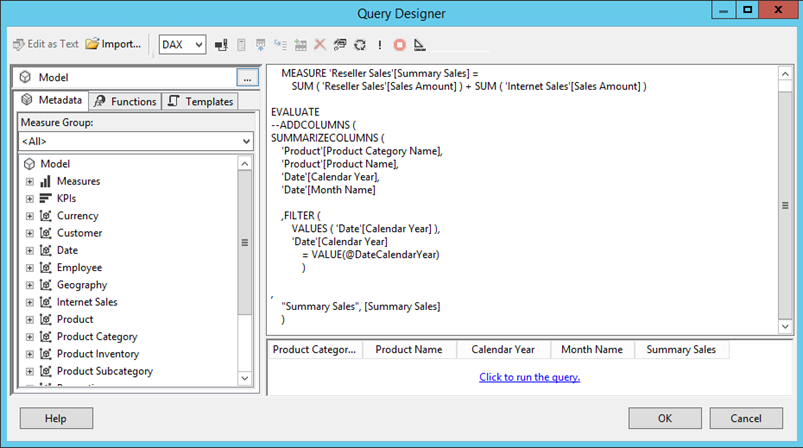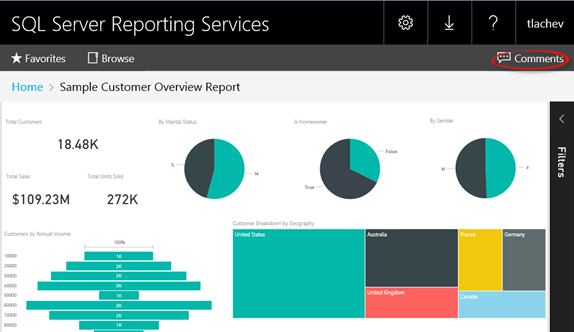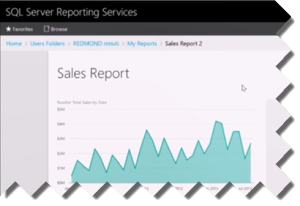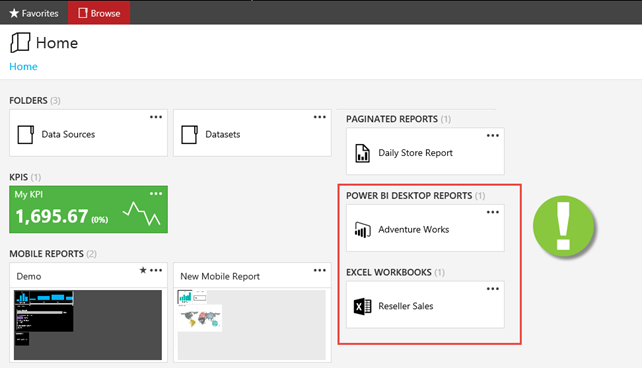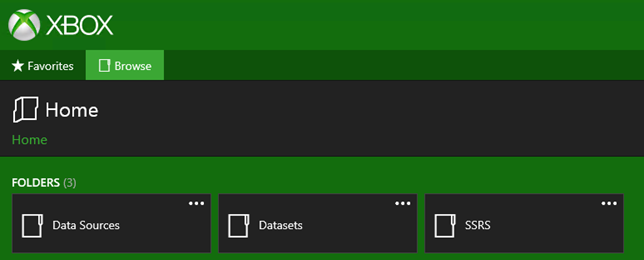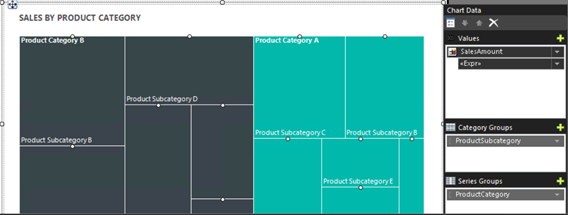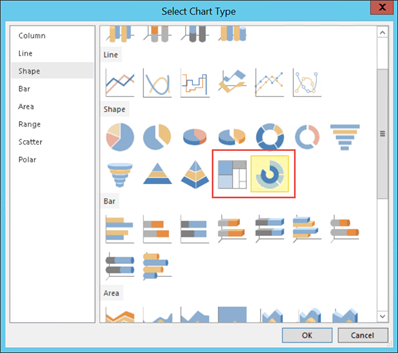Power BI Report Builder
SSRS is near and dear to my heart. My first book (“Microsoft Reporting Services in Action” published in 2004 by Manning) was on this subject and I became an MVP because of my contributions around SSRS back in those days. Because of this and because every good thing should come in two, I rejoiced when I heard Microsoft announcing the Power BI Report Builder to complement the work they do to bring paginated reports to Power BI. Although lacking in interactivity, there are a few good reasons to favor SSRS paginated reports as they continue to be the most extensible and feature-rich report type in the Microsoft BI ecosystem, as I explained in more detail in my “Choosing a Reporting Tool” blog.
Like Power BI Desktop, we now we have two Report Builder tools. The SSRS Report Builder continues to support to full feature set of SSRS and targets deployment to a report server. Power BI Report Builder is tethered to Power BI (Power BI Premium to be precise since you can deploy paginated reports to Power BI Premium only for now). Not all SSRS features are currently supported in Power BI, such as shared datasets and shared data sources, drillthrough reports and subreports, but Microsoft is working hard to close the gap. For more information about the current limitations, refer to this article (however, besides a subset of data sources, I didn’t see any other feature restrictions).
I ran into two issues with the recently released update to Power BI Report Builder. First, when running a report, the tool throws an error “This method explicitly uses CAS policy, which has been obsoleted by the .NET Framework”. The simple workaround is to uninstall Power BI Report Builder and install it again.
Second, the Power BI XMLA point is currently down so don’t attempt to connect the Report Builder (or any other tool) to Power BI datasets published to a premium workspace. You’ll get an Unauthorized error. According to the current advisory, April 28th is the rough estimate when the fix will be deployed worldwide.
